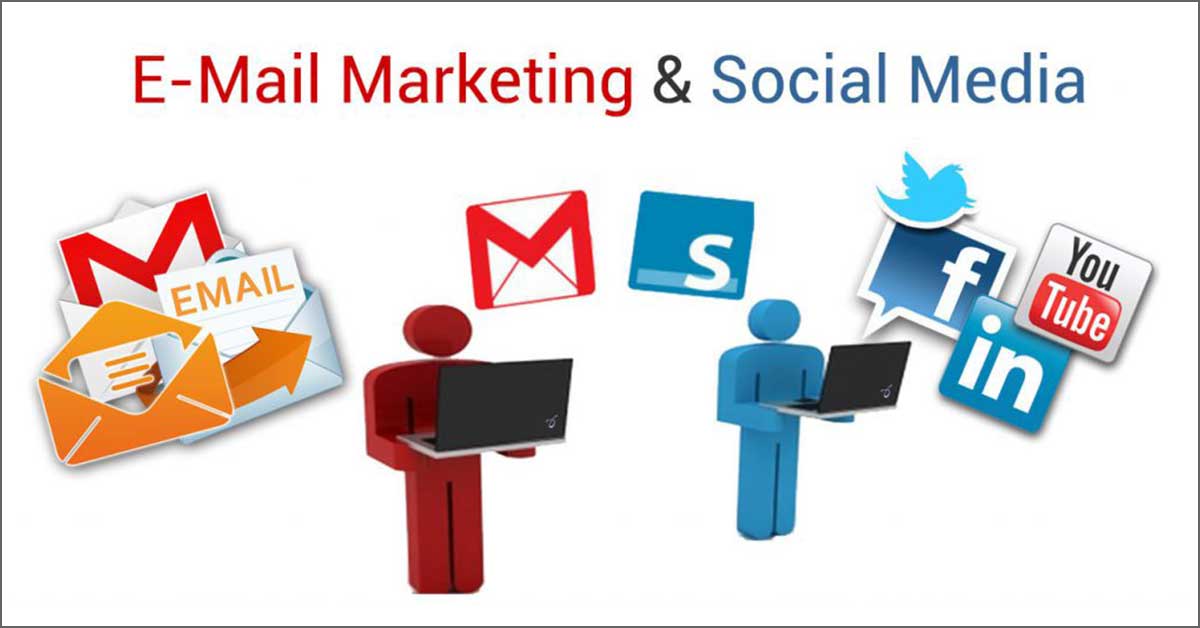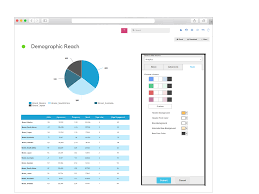
Facebook makes it easy to target ads based upon the words you write. Your posts will be used as a basis for targeting your ads. This includes things like liking and disliking fan pages. Use the Keyword tool on Facebook to find the right words for your business. These are the three options to determine what words are most popular with your fans. Word clouds is one option. This is a great method to discover the keywords your audience is most likely searching for.
Facebook keyword tool
You can use a Facebook keyword tool to generate relevant posts. This tool compiles comments and posts from Facebook pages. It then creates fb keywords ideas based primarily on what people are talking about. So you can find trendy keywords in a particular niche on Facebook using the most current information. Facebook is not known for its ability to constantly update features. Many businesses find it beneficial to target specific audiences.

Ubersuggest
Ubersuggest is a great way to increase your Facebook marketing efforts. This search engine optimization tool is free and will show you keyword suggestions that are based on search engine results as well as web traffic. With its built-in dashboard, you can analyze competitors' strategies and create better content. It provides insights into search terms that are hot, helping you stay ahead of market trends. Here are five tips to get the most from Ubersuggest for Facebook.
Wordtracker
Wordtracker Facebook may be a good choice if Facebook is your primary marketing platform. This keyword research tool provides many benefits, such as competitive analysis, search volumes, and competition. You can use this tool for content marketing. It displays data from Amazon search results and YouTube searches. Wordtracker Facebook is a great option for beginners and those with limited budgets. It's inexpensive and comes with a monthly subscription that suits your budget.
Audience Insights
Facebook's AudienceInsights tool lets users dig deeper into their audience's demographics. This will not only give you a better idea of who they are but also allow you to create more relevant content and reach a wider audience. Facebook stores information about users such as their location, purchase habits, activity, and devices. This information can help you target your audience more effectively and increase your conversion rate.

AdWords
Google has more users that Facebook, but AdWords to the social network are not for everyone. This program is best suited for large-scale campaigns. However, it is not suitable to launch new products with high returns. But if you are a small business, you can use this tool for targeting Facebook users who are similar to your target customers. Facebook Lookalike is a great way to reach people not familiar with Facebook.
FAQ
How many hours per week should content marketing take?
It all depends upon your situation. You might not have to spend much time on content marketing. But if you're trying to build traffic to your site, you'll probably need to devote at least 1 hour per day.
What is the purpose of a content strategist for your business?
Content strategists can help understand what people search on the Internet. They help your site rank high in search engines by optimizing it for search engines. They also write content for social media websites like Facebook or Twitter. They also write copy to advertise, blog, or website.
A content strategist is a member of a marketing team that helps organize an online strategy for a company. While content strategists can work alone, they will often collaborate with other members of the team to ensure each piece of content is useful.
What does it mean to be a Content Strategist
A content strategist assists brands in telling stories by crafting compelling messages that connect with their audiences emotionally. They are storytellers that tell stories about brands to help people make decisions and then take action.
Content strategists have the ability to develop strategies that attract current and future customers. They use data analytics and storytelling to create experiences that are inspiring customers to go to stores, buy products, and share their excitement online.
They know how to incorporate social media platforms into their campaigns. And they use technology tools such as video and virtual reality to deliver powerful customer experiences.
Digital content is not only created by content strategists, but they also translate these ideas into actionable plans that marketers must execute. This includes creating content for different channels (such as print or television), developing creative briefs, and managing budgets.
Can I just post links to other sites' content?
Yes! It's called link building. It's a great way increase traffic to your site by linking to other sites. But only link to reliable sources.
What amount should I spend on content marketing?
It depends on how many leads your company wants to generate. Depending upon the industry, the average cost for a lead can range from $5 to $10. We spent $20 per lead when we started our business. Today, we spend about $6-7 per lead.
Statistics
- Forty-seven percent of buyers view 3 to 5 pieces of content before engaging with a sales representative. (mailchimp.com)
- According to our research, 65% of companies with very successful content marketing in 2021 ran content audits at least twice a year. (semrush.com)
- Seventy-two percent business to business (B2B) (mailchimp.com)
- Companies that use content marketing see approximately 30% higher growth rates than businesses not using it. (mailchimp.com)
- Progress indicators (0–100%) allow each team member to see how attainable each goal is and understand what remains to be accomplished. (semrush.com)
- Out of the 1,500 marketers we surveyed for our State of Content Marketing report, 78% who felt their content marketing strategy was exceptionally effective in 2021 had documented their strategy. (semrush.com)
- According to the Content Marketing Institute, 70% of B2B marketers and 86% of B2C marketers surveyed use content marketing in some form or other. (criteo.com)
- To further show the importance of this, 89% of people have stopped doing business with a company because of a poor experience. (neilpatel.com)
External Links
How To
Infographic Creation Tips for Content Marketing
Infographics are an effective way to explain complicated concepts clearly and make information understandable. Use infographics as a tool to promote your content marketing message.
You'll need design software such as Adobe Illustrator or Photoshop to create an infographic. These programs allow you to create infographics by drawing different shapes and elements. You can then use colors and fonts for your data. Once your design is ready, you can start uploading images from sites like Pixabay and Unsplash to insert into your design.
Looking at other infographics online can help you get ideas. For example, if you want to show how many calories are in certain foods, you could take a picture of a food pyramid and replace the numbers with pictures of those foods. Or, you might choose to look up how much sugar is in soda pop and change that number to a picture of a bottle of Coke.
After you have created your infographic, it can be shared through social media channels such as Facebook and Twitter. This makes it easy for people unfamiliar with the concept to learn. If you decide to post your infographic on social media platforms, include hashtags so others can see what you're talking about. You can use hashtags to allow others to follow your conversations about specific topics.
An infographic is a shorter version of a blog post. An average blog post can be anywhere from 2000 to 5000 words long, while an infographic only requires 500 to 1000 words. This means you can easily convey more information with less space.
Your infographic should be easy to read for some viewers. Use large fonts, but don't overuse color in your infographics. Make sure all text is legible.
These are additional tips:
-
Use an infographic template. There are many free templates online. The most popular ones include Canva, Piktochart, and Google Slides.
-
Your Infographic is ready. Use the template to create your infographic. Any media you choose is acceptable for your audience. In this example, photos of Seattle restaurants might be used to create an infographic about Seattle's best restaurants.
-
Add text. Add text after you've created your infographic.
-
Add Images. Images can be added to your infographic. You can add images to your infographic. If you want to add a picture, make sure it's relevant to your topic.
-
Make It Interactive. You can also add interactive elements such buttons, maps, links, and other features. This will make it easier for your audience to interact with you.
-
Share. Share the infographic once you're done.
-
Measure. What was the performance of your infographic? Did they click through to your site? Did they sign up to your email list? What was their reaction when you showed them your infographic
-
Improve. Do you have any suggestions for improving your infographics? Are you able to do it better the next time?
-
Repeat. Do this again!